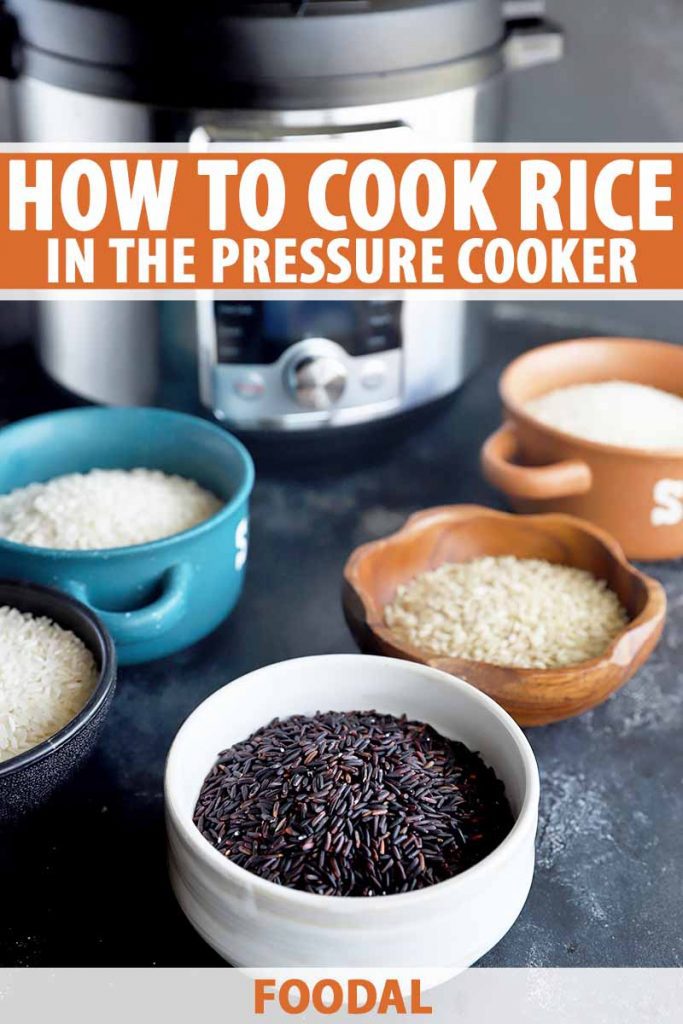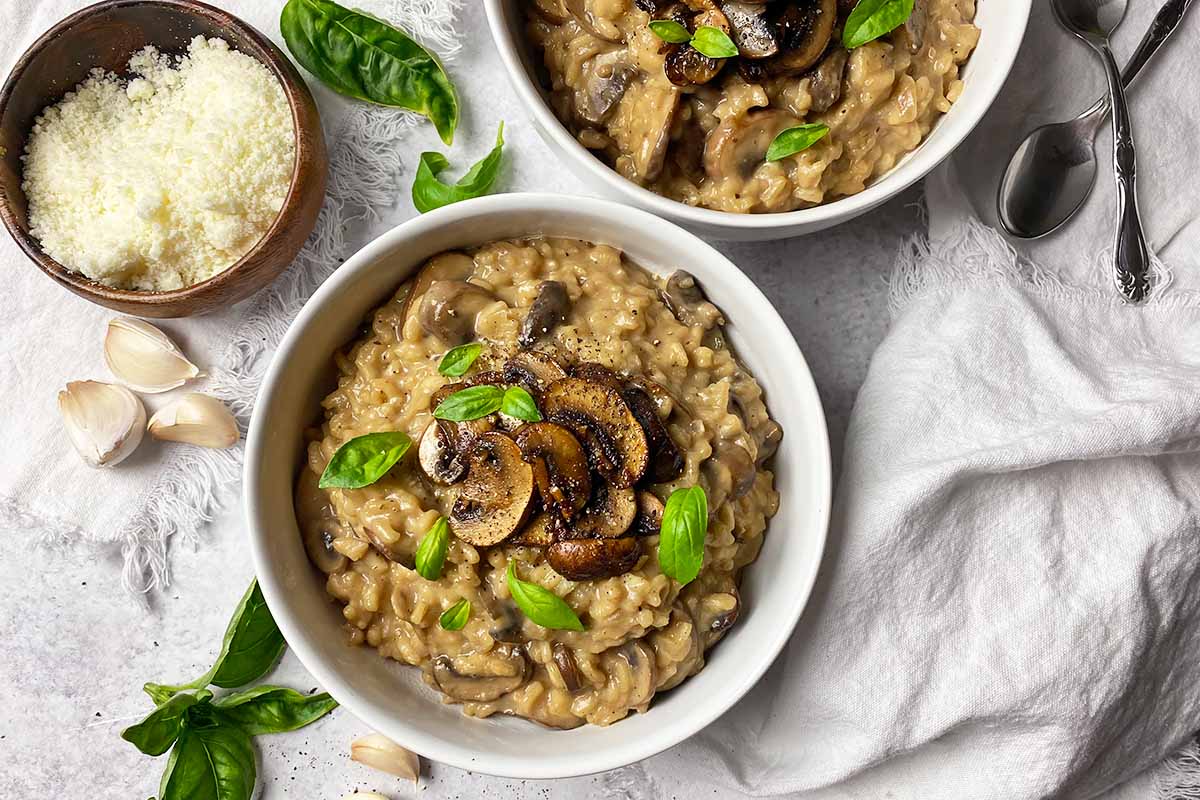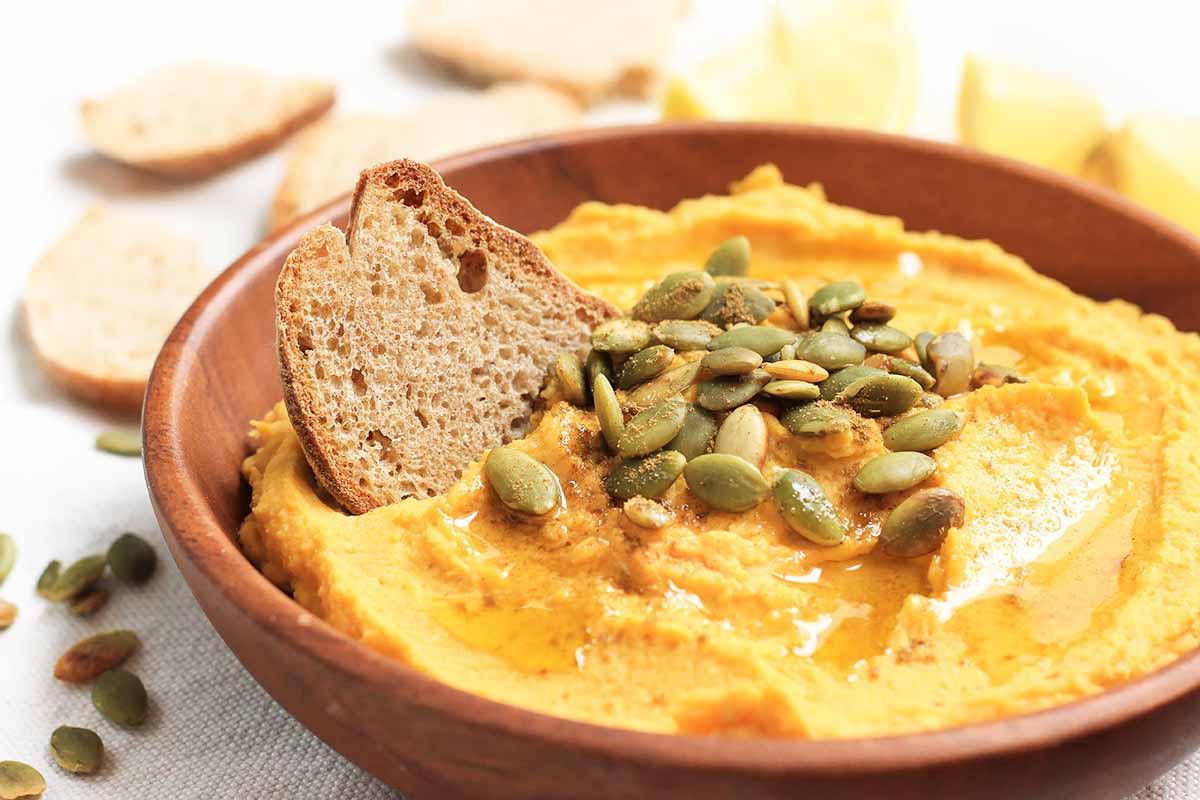We all love making meals in the electric pressure cooker, right?
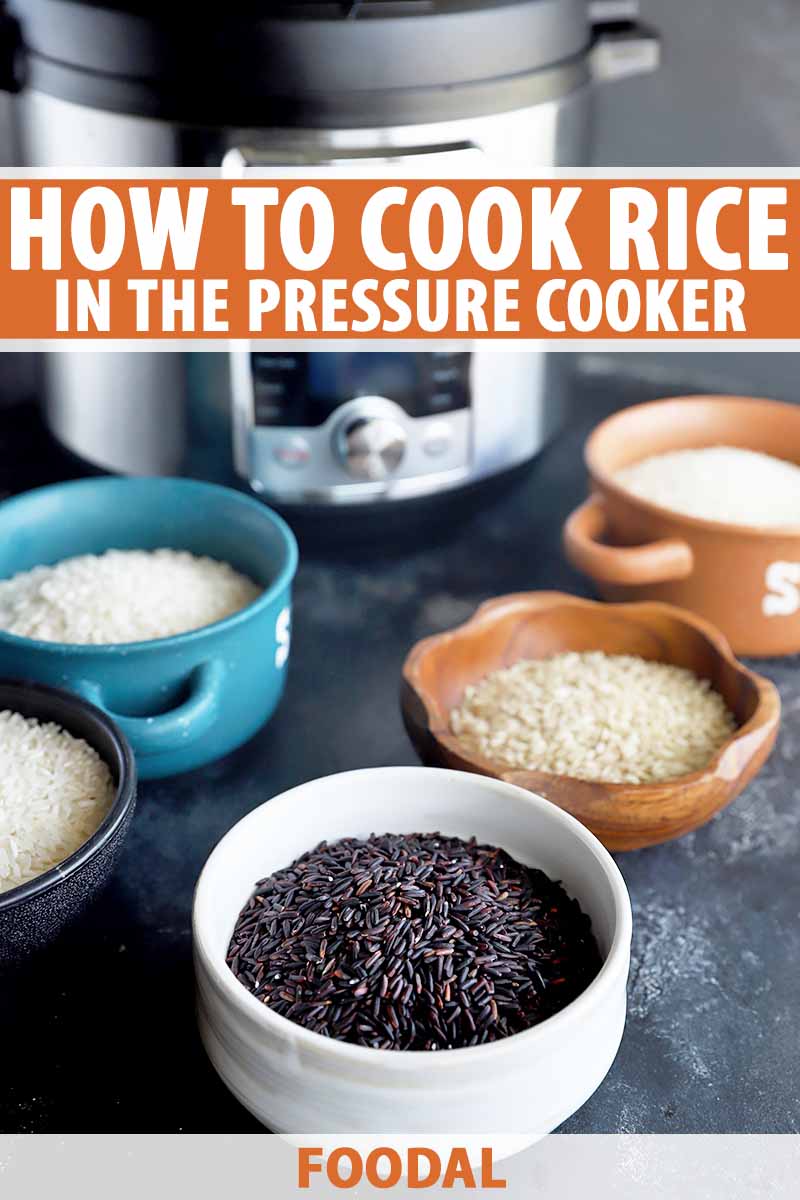
It can be used to quickly make our favorite recipes, as well as slow cooking, steaming and sauteing foods, making yogurt, and more.
But more than anything else, my favorite thing to prepare in this countertop appliance is rice.
It’s actually the main reason I bought mine way back in the day. I had a rice cooker already, and it was my favorite appliance to use for this purpose. But I also longed to own a slow cooker, and an electric pressure cooker as well…
Eventually I traded in my old appliance and invested in an Instant Pot instead, a multipurpose kitchen appliance that I could use for multiple tasks, without swallowing up all of my storage space.
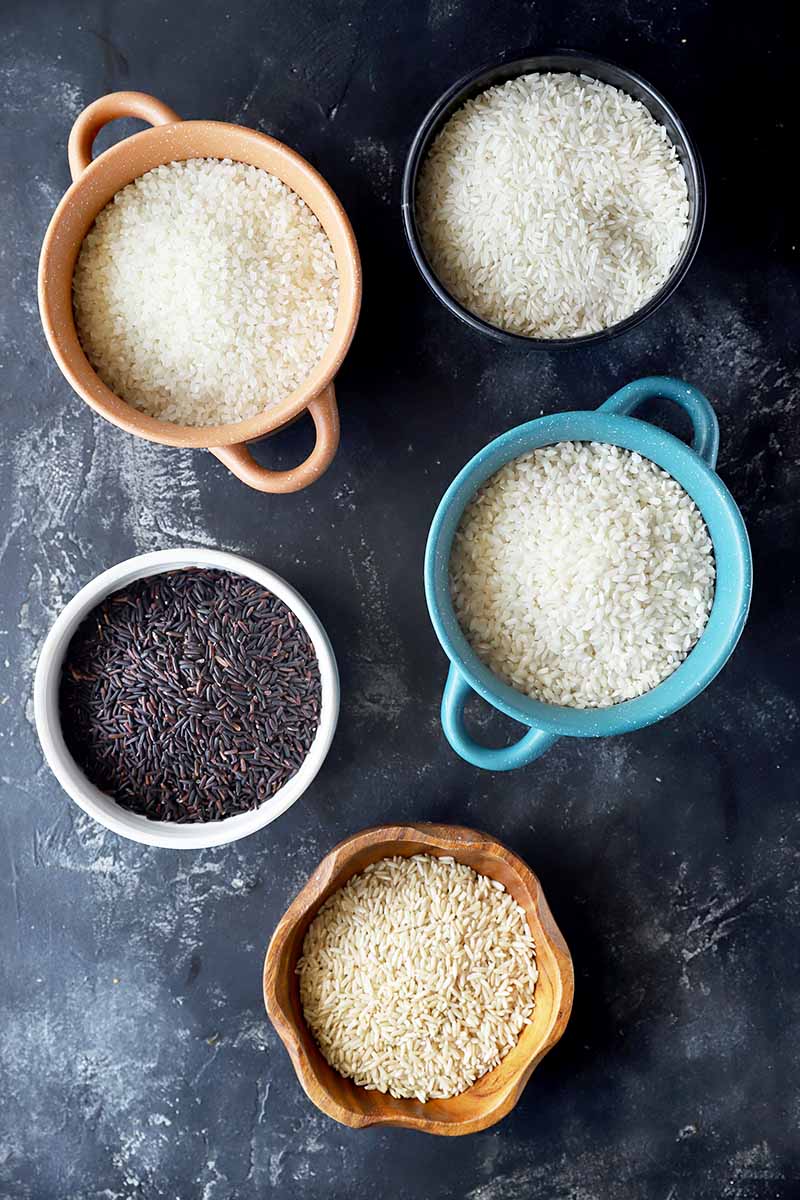
From that moment on, at least in the kitchen department, my life was completely changed. It’s the perfect option for when you are cooking in bulk. Not only can you make white rice with the Rice function, you can prepare any other variety you can think of as well, using Manual pressure.
That’s where this guide comes in.
If you were completely unaware that this was possible, if you didn’t realize the Rice function wasn’t for cooking all types (or if you simply forgot this fact), or if you’re looking for the details on how to make a specific type of grain, you’ve come to the right place.
Here’s the skinny on cooking all different types in your electric pressure cooker.
How to Cook Rice in an Electric Pressure Cooker
This roundup of basic details and different varieties that you may want to make at home will take you to detailed instructions for each variety. Just follow the links provided.
The Basics
First, for most types, you will want to rinse and drain it before adding it to your electric pressure cooker insert. This helps to remove excess starch that can make the finished grain sticky.
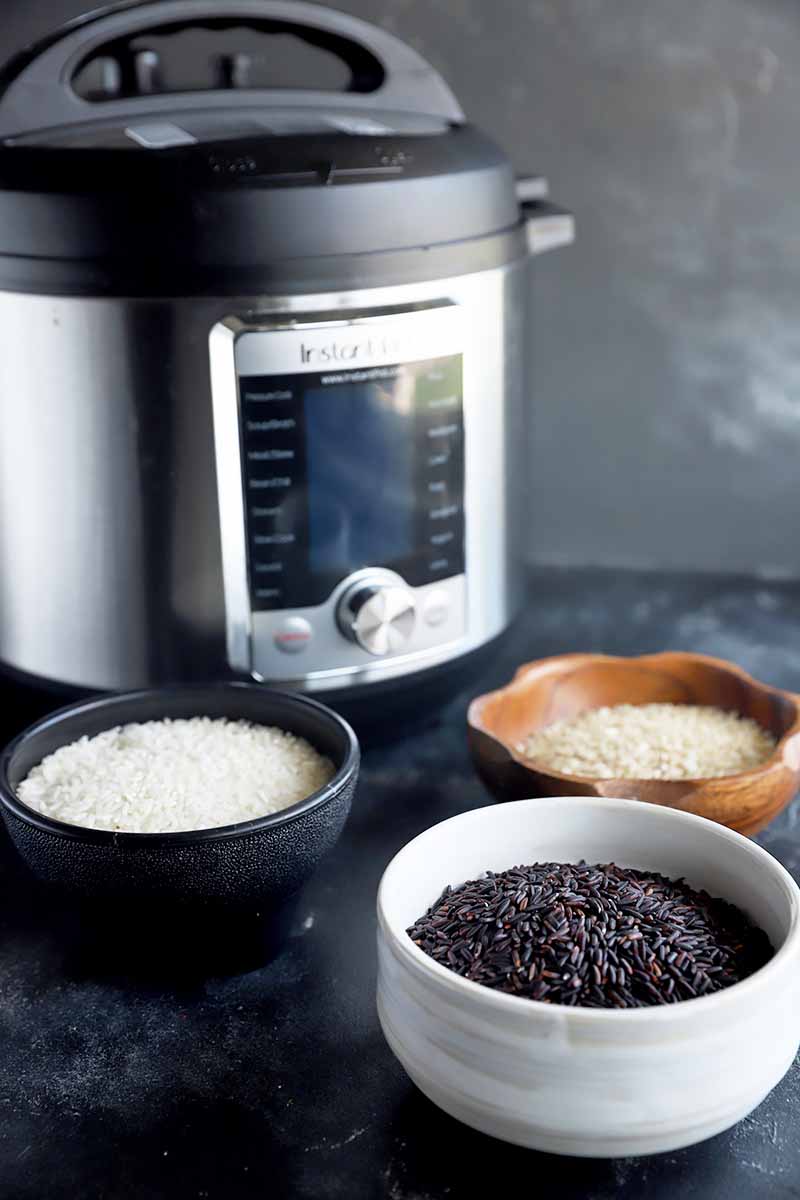
Next, be sure to use the right ratio of grain to water. Different types of the grain need different ratios of grain to liquid to cook properly, so be sure to double check this before you start, and use the right one.
When you’re ready to get started, you want to remember to always cook on high pressure. You don’t want to cook it on low because it will not cook all the way through.
You can use the Rice function for medium and long-grain white varieties if your appliance has this option, but avoid it for other types as they won’t cook properly. The preset option cooks on high automatically.
In most cases, you will want to let the pressure release naturally for about 10 minutes after cooking, then release anything remaining manually. Using a natural release will often make for a fluffier result. It also helps to keep the grain from sticking to the bottom of the pot.
White
White is the most common type out there, so this is where we’ll begin. We’ve all heard of it, we all love it, and we all use it as a basic accompaniment for so many recipes. From a creamy chicken and cheese bake to a hearty meatloaf, it’s a side dish that makes a beloved part of so many dinners.
This polished version is the refined form, unlike its brown counterpart which retains the bran and germ.
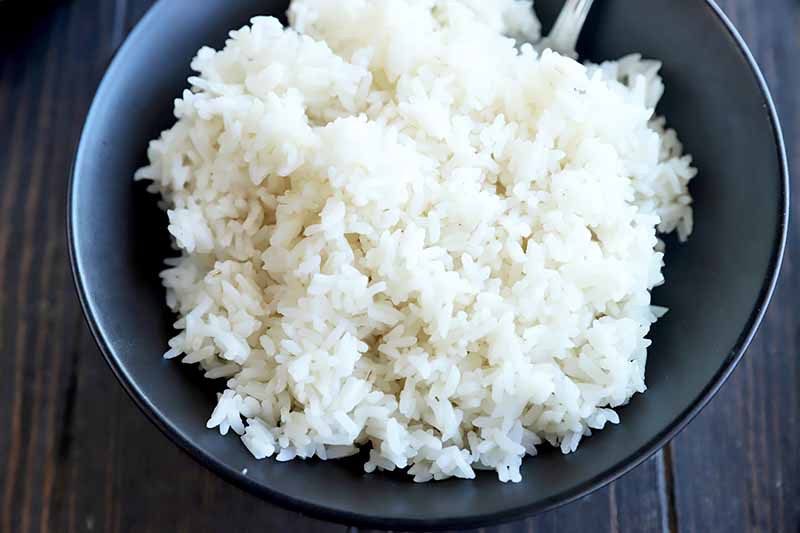
It’s super simple to cook, you just need to know whether you are working with a short, medium, or long grain variety. This will impact the required cooking time.
Find out how to cook this type in the electric pressure cooker here.
Jasmine
Next up, jasmine is perhaps the most common type of white rice found in stores. It’s versatile and can be cooked using the Rice setting on an Instant Pot, since it is a long grain variety.
This type goes with practically anything! We particularly love it as a base for any type of curry, veggie bowls, or with red beans.
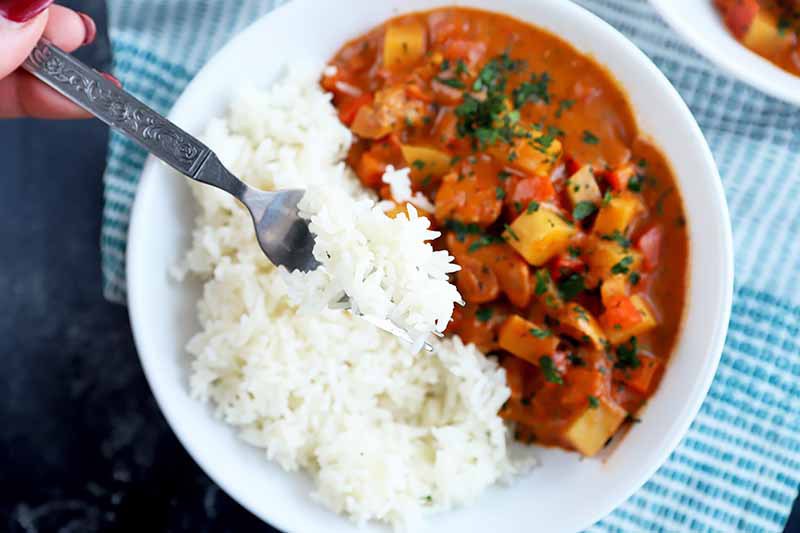
Read our instructions to cook the best jasmine rice in your appliance here.
Brown
Though it takes longer to cook, this whole grain is flavorful and healthier than other types, since the nutritious bran and germ are still intact. You can use it wherever you may typically use your favorite white variety.
It’s a perfect option if you’re looking for a more nutrient-dense side dish. Other than the health benefits, it’s also a great choice when you want a heartier mouthfeel.
Try it plain as a side sprinkled with salt and a pat of butter, or as an alternative in our recipe for chili lime chicken with black beans.
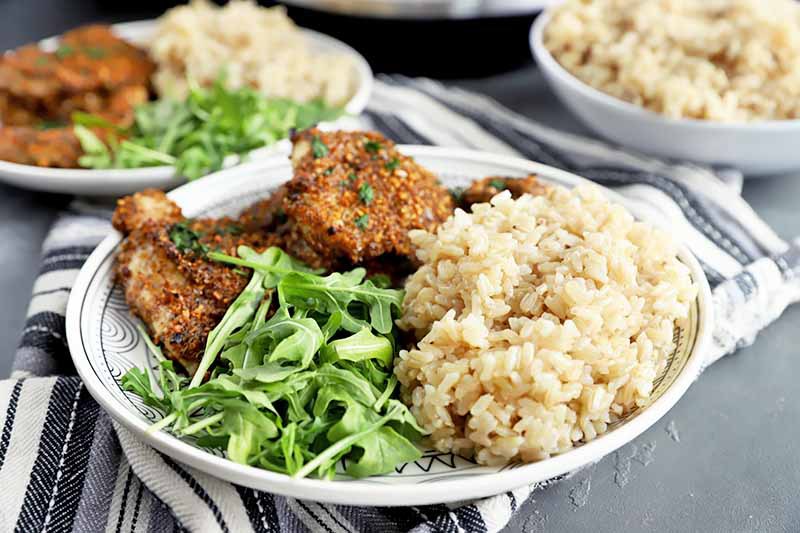
Learn how to cook this hearty variety in your appliance now.
Basmati
This long and slender grain holds its shape well when it’s cooked, and it isn’t sticky like some types. A fantastic pairing with Indian dishes, it’s wonderful with other types of foods as well.
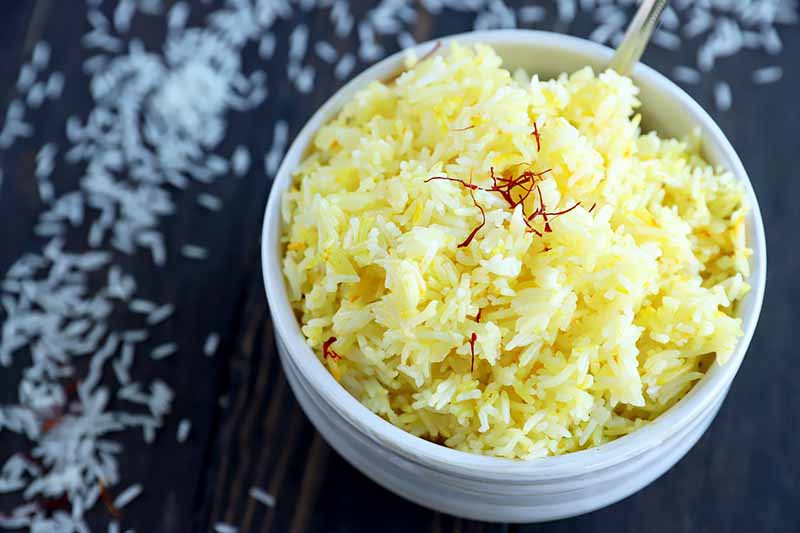
You’ll love it in our coconut mango rice pudding, served with our dairy-free speedy chicken tikka masala, or mixed with bright vibrant herbs and lemon in our fresh parsley salad. It’s another variety with so many possibilities in the kitchen.
Find out how to cook this type of grain in the electric pressure cooker here.
Parboiled
This type of long grain has a unique texture and rich flavor. It’s different from other types of white varieties of the grain because it’s partially cooked already.
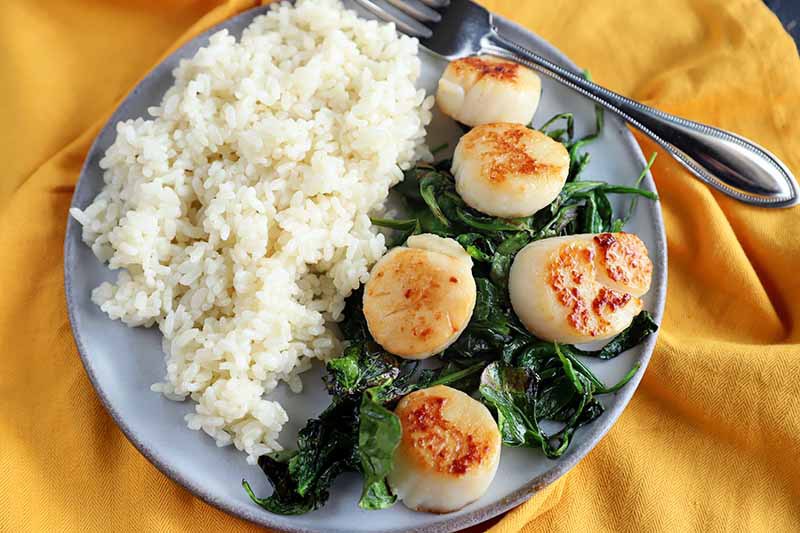
The process of parboiling the grain, or precooking it in its husk, means more nutritional benefits are retained because it’s not refined as much as the common white variety. These products generally have more fiber and protein, but they are still less nutritious overall than brown.
It’s the preferred choice when you don’t want something as intensely hearty as brown, but still want some textural differences compared to more refined options.
Learn how to cook this type in your electric pressure cooker here.
Sushi
This is a short grain type that is typically seasoned with rice vinegar, sugar, and salt to make sushi or sushi bowls, but it can also be used for making risotto or fried rice.
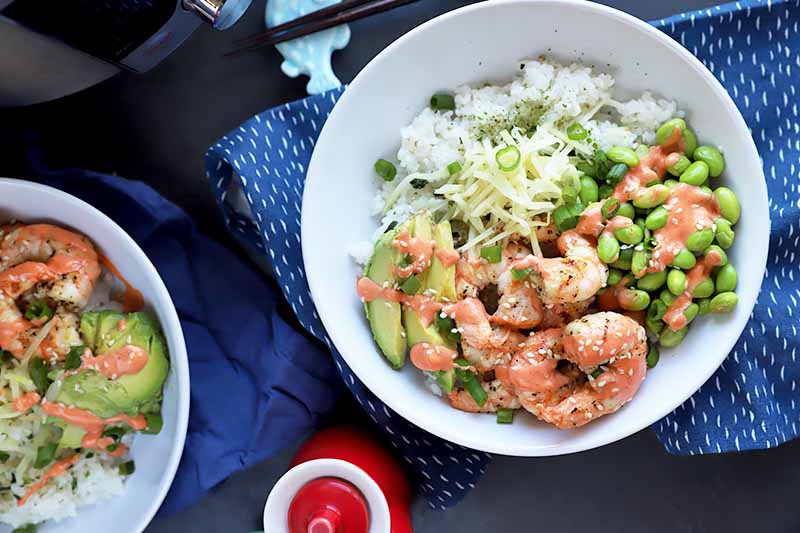
Make this kind of grain in the electric pressure cooker following these instructions.
Wild
Though many home chefs believe this grain is hard to prepare on the stove because of its unique level of firmness and the lengthy time required as a result, it’s a breeze in any Instant Pot.
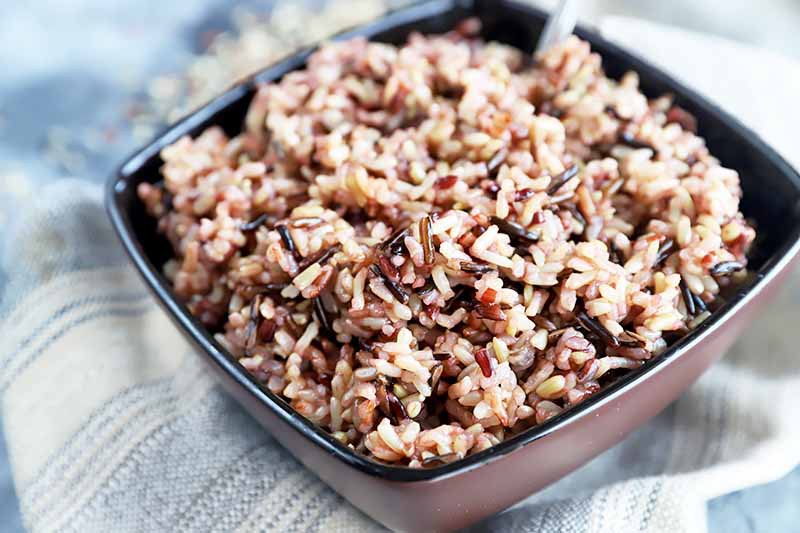
This is a really unique grain because it is not technically a type of rice at all, which you can tell simply by looking at the long grain and its distinct color. Its nutty flavor creates a fantastic contrast with whatever you choose to serve alongside it, from casseroles to grilled meats.
It’s a unique option when you want to shake up your typical side dish with something a little different.
Find out how to cook wild rice in the electric pressure cooker here.
Black
Black or forbidden rice has a nutty flavor with some umami notes. It is similar to the brown variety, but a little more fruity and floral in flavor.
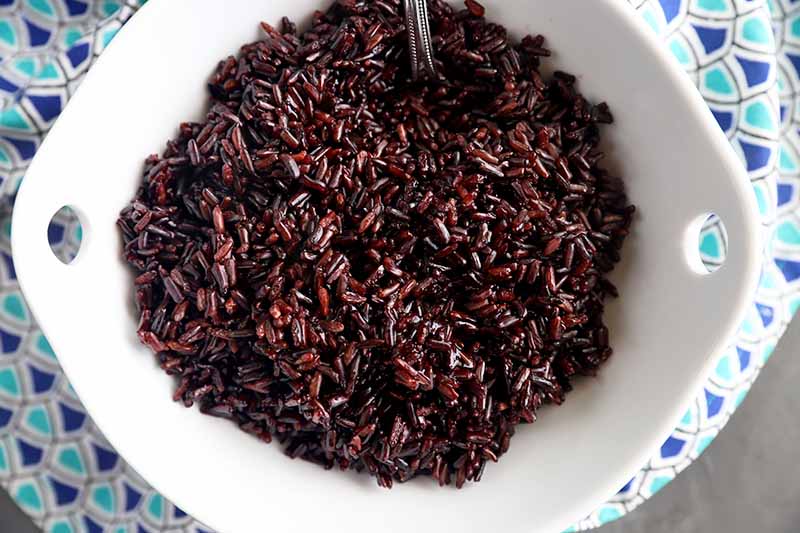
This short grain type really stands out because of its deep pigmentation which comes from anthocyanins, the same compounds that give blueberries their color.
It’s a gorgeous side dish when contrasted with a white plate. Serve this when you want impress your dinner guests – so simple!
Try our tips to prepare this dark-hued variety at home right now.
Will Any Type of Electric Pressure Cooker Work?
That’s the beauty of using this appliance – these guides that we’ve put together work for any type of electric pressure cooker, providing the best instructions for whatever make and model you have at home.
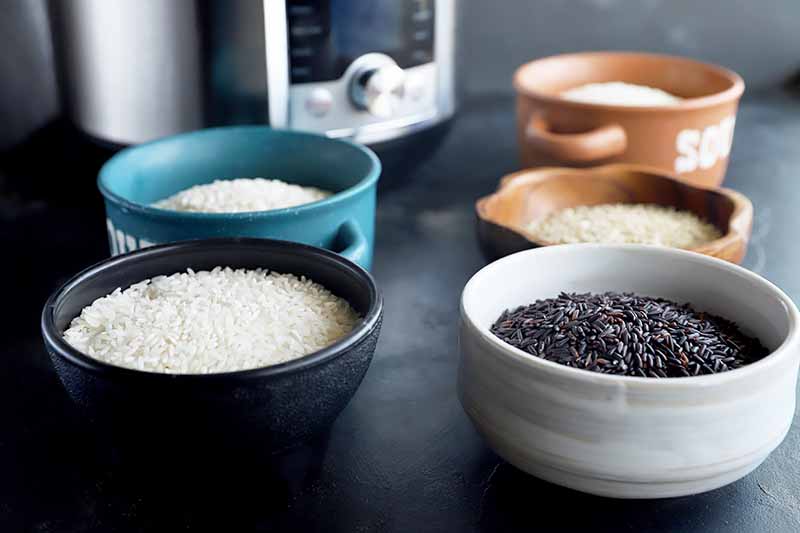
Each type is outlined in detail, and it’s prepared using Manual mode on high pressure, with the option to use the Rice mode for appropriate types (i.e. medium and long grain varieties).
See each guide for detailed instructions, tips, and tricks.
Want to learn even more ways to use your electric pressure cooker? Check out these articles from Foodal next:
Which type is your all-time favorite to serve in your home? Tell us in the comments below. And after you try making your top choice in the electric pressure cooker, be sure to come back and tell us how it went. We can’t wait!
Photos by Meghan Yager, © Ask the Experts, LLC. ALL RIGHTS RESERVED. See our TOS for more details. With additional writing and editing by Allison Sidhu.
About Meghan Yager
Meghan Yager is a food addict turned food and travel writer with a love for creating uncomplicated, gourmet recipes and devouring anything the world serves up. As the author of the food and travel blog Cake 'n Knife, Meghan focuses on unique foodie experiences from around the world to right at home in your own kitchen.

